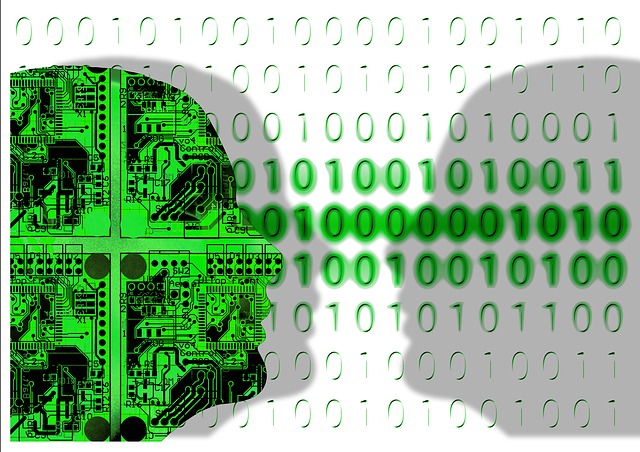Si nos pusiéramos muy técnicos tendríamos que hablar de qué y cómo son las funciones hash, pero no es el día. Saber que son los hash es necesario si queremos hablar de Blockchain, de BigData, y de muchas otras moderneces con propiedad. Pero no es necesario entrar en detalles ni ponerse muy técnico para entender lo que son y como se usan. Vamos pues.

Aquí ya hablamos de las tablas Hash, que son un patrón de diseño de sistemas distribuidos. Pero más allá de eso se usan en montones de estructuras de datos, de algoritmos y demás.
El hash es como se llama coloquialmente al resultado de una función hash, y estas son funciones que se encargan de transformar un conjunto de datos en una simple cadena de texto. Digamos que el hash es como una firma que resume a todo un conjunto de datos.
Por ejemplo, imaginemos que yo tengo un boli Bic azul comprado ayer mismo. Su hash podría ser (por ejemplo, el proporcionado por una función recién ejecutada en mi mente) BBA20170703005301058. Si aplicásemos la misma función a cualquier otro boli nos daría un valor distinto y si se la volviésemos a aplicar a ese mismo boli nos volvería a dar este valor.
¿Y esto para que sirve? Por ejemplo, si algún malvado villano me escondiese mi boli entre un millón de otros bolis similares (todos Bic azul), sólo tendría que aplicar esta función a cada boli hasta encontrar el que tiene esa firma para saber que es el mío. Otra función sería, si castigásemos a nuestro villano favorito a ordenar todos los bolis en un gran almacen, este podría ir apuntando la firma de cada boli con la estantería en la que lo guarda para luego poder encontrarlos de un modo rápido y fácil.
Estas, a bote pronto, son las funciones principales que se me ocurren (demostrar autenticidad y conseguir indexación), pero es muy posible que se usen estos códigos en muchos otros ámbitos que a mi ahora no me vienen a la cabeza. ¿Tenéis vosotros en mente otros ejemplos?
Lo normal, es que este tipo de funciones tengan en cuenta todo el conjunto de datos, o todas las características del objeto sobre el que se aplica, de tal modo que si el villano hubiese sido tan perverso de cambiar el capuchón de mi boli por el de otro, habría conseguido vencerme, pues la función hash que yo había ideado ya no proporcionaría el mismo valor.
Depende de para que se use, podemos encontrarnos con problemas, ya que puede ocurrir que haya colisiones y que, por una alineación de los astros, para dos objetos distintos se obtenga el mismo hash.
Sin embargo, a pesar de esas posibles colisiones, al ser (normalmente) el resultado de un algoritmo de compresión con pérdida, de un hash no se puede obtener el objeto original invirtiendo la función, así que será muy difícil encontrar para un hash un objeto o conjunto de datos válido que pueda sustituir al original como auténtico sin serlo. Esta es la clave, por ejemplo, de su uso dentro de los blockchains, pero eso ya es otra historia que deberá ser contada en otro momento.
